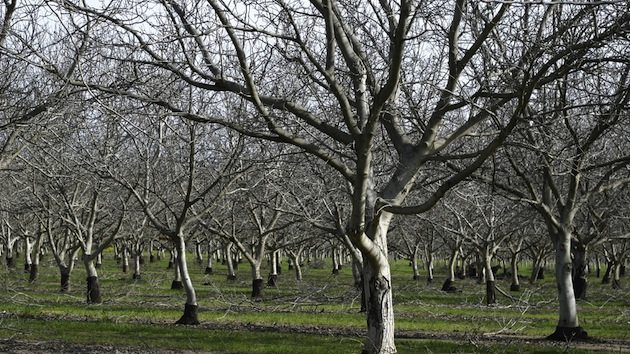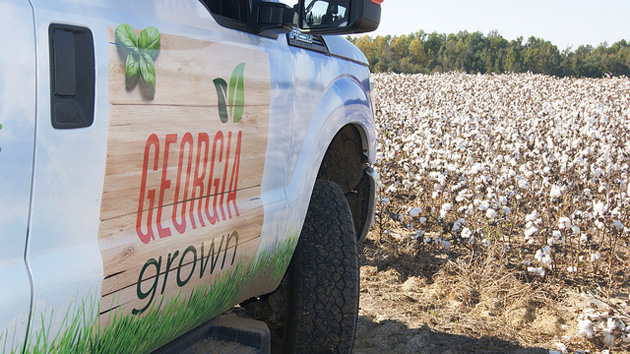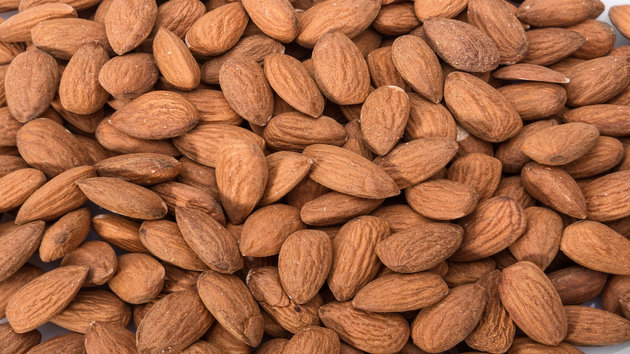
An almond orchard in California. <a href="http://www.shutterstock.com/cat.mhtml?lang=en&language=en&ref_site=photo&search_source=search_form&version=llv1&anyorall=all&safesearch=1&use_local_boost=1&searchterm=almond%20grove%20california&show_color_wheel=1&orient=&commercial_ok=&media_type=images&search_cat=&searchtermx=&photographer_name=&people_gender=&people_age=&people_ethnicity=&people_number=&color=&page=1&inline=10370194">Doug Raphael</a>/Shutterstock
California’s thirsty almond orchards have been generating an impressive amount of debate as the state’s drought drags on. But that won’t likely stop their expansion. The title of a new report from the Dutch agribusiness-banking giant Rabobank explains why: “California Almonds: Maybe Money Does Grow on Trees.”
The report is “exclusive for business clients of Rabobank,” but an accompanying blog post offers some good tidbits. “Drought conditions and the stronger US dollar have increased the price of almonds for all buyers,” it states. On the US East Coast, wholesale prices for premium almonds have risen 20 percent since last year. “In Europe, the almond is becoming increasingly popular, not only as a nutritious snack but especially as a go-to ingredient for manufacturers,” it continues. There, wholesale prices are up 50 percent since last year, while “buyers in India and Hong Kong are paying 25 percent and 20 percent more, respectively.”
Those higher prices will evidently more than compensate California farmers for higher watering costs, and inspire them to expand acreage. Rabobank expects California almond production to rise by 2 percent to 3.5 percent per year over the next decade, accoring to Sacramento Bee‘s Dale Kasler, who got a look at the Rabobank study.
That’s impressive growth. If almond output expands by 3 percent per year over the next ten years, then—using this trusty formula—production will grow a whopping 34 percent between now and 2025. That’s a lot of growth for a state that already churns out 80 percent of the world’s almonds. This scenario doesn’t imply a 34 percent expansion in almond acreage—some of the almond trees that will contribute to that growth in output have already been planted and will be coming into production over the next few years (it takes almonds about four years to begin producing after they’re planted). But it does imply a robust expansion. Kasler quotes the study:
Higher prices and good profits for California almond growers will continue to encourage more planting of almond orchards…. Nurseries report very little slowing in orders of new trees.

















